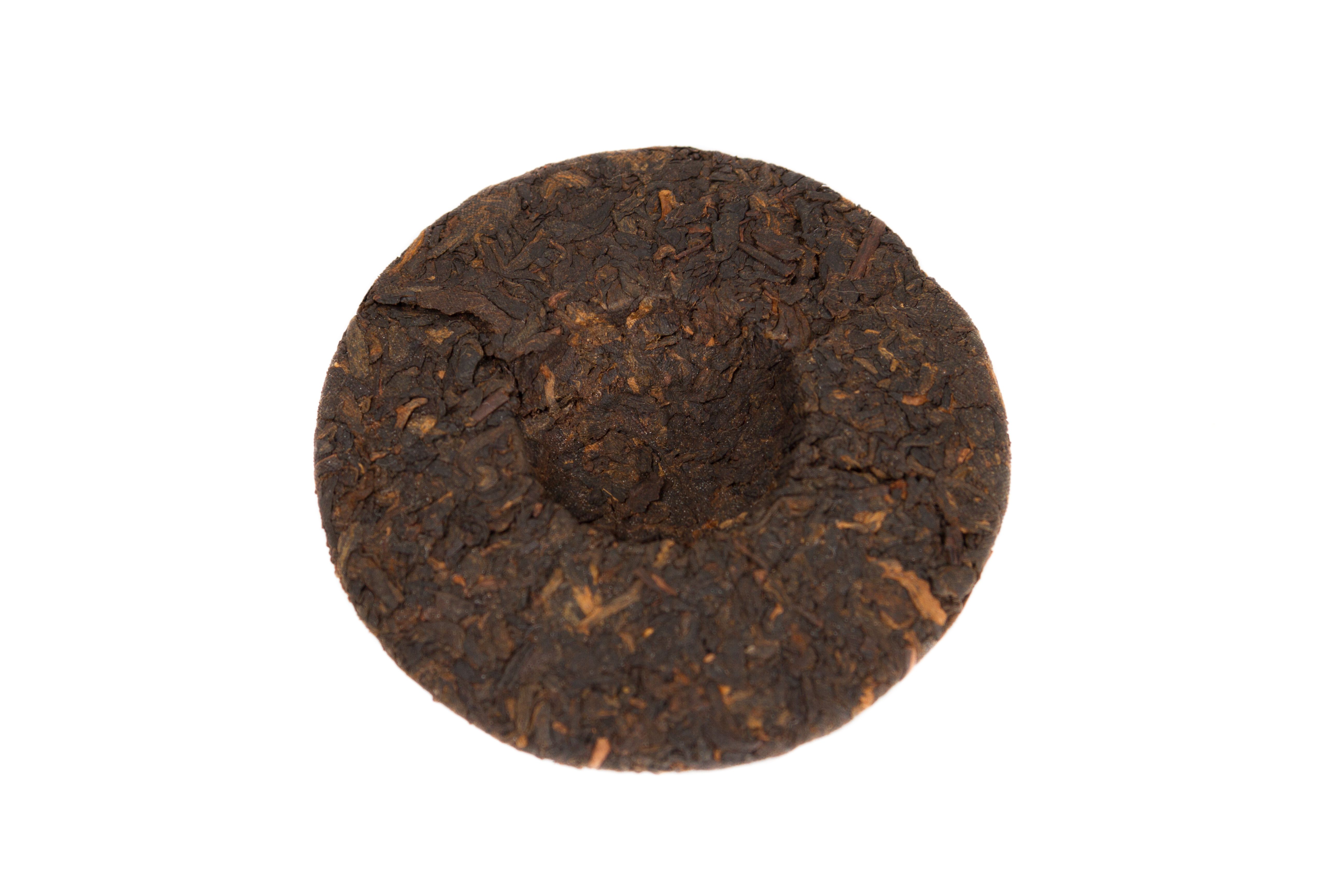Exploring the Flavors of Burmese Lahpet Thoke: A Fermented Tea Leaf Salad Adventure
Discovering the Unique Taste of Lahpet Thoke
Burmese cuisine is a treasure trove of flavors, but one dish that stands out is the iconic Lahpet Thoke, or fermented tea leaf salad. This unique delicacy is a beloved staple in Myanmar, offering a delightful combination of textures and tastes that captivate both locals and travelers alike. In this blog post, we will embark on an adventure to explore the rich flavors and cultural significance of Lahpet Thoke.
The heart of Lahpet Thoke lies in its key ingredient: fermented tea leaves. Unlike the traditional use of tea leaves for brewing, in Myanmar, they are transformed into a flavorful salad component through fermentation. This process not only enhances the leaves' nutritional value but also imparts a distinctive tangy and earthy flavor that forms the base of the dish.

The Art of Crafting the Perfect Salad
Creating Lahpet Thoke is an art form that requires a careful balance of ingredients. Traditional recipes often include a mix of crispy fried beans, roasted peanuts, sesame seeds, sliced tomatoes, and shredded cabbage. These components are tossed together with the fermented tea leaves and seasoned with garlic, lime juice, and fish sauce, resulting in a vibrant medley of flavors and textures.
Each bite of Lahpet Thoke offers a delightful crunch from the nuts and beans, contrasted by the softness of the tea leaves. The tanginess from the lime juice and the umami from the fish sauce further elevate the taste profile, making it a truly unique culinary experience.

Cultural Significance and Social Rituals
Beyond its delicious taste, Lahpet Thoke holds cultural significance in Myanmar. Traditionally, it is served during important social gatherings and ceremonies as a symbol of hospitality and friendship. Sharing this dish is seen as an act of goodwill, bringing people together to enjoy a communal dining experience.
In Burmese culture, offering Lahpet Thoke to guests is a gesture of respect and warmth. It is often accompanied by conversations and laughter, making it an integral part of social interactions. This practice highlights the dish's role in fostering connections and building relationships within communities.

Health Benefits of Fermented Tea Leaves
In addition to its cultural importance, Lahpet Thoke offers several health benefits. The fermentation process enhances the tea leaves' antioxidant properties, which can help combat oxidative stress in the body. The salad's ingredients are also rich in vitamins and minerals, contributing to overall well-being.
The inclusion of fresh vegetables and nuts in Lahpet Thoke adds to its nutritional value. This combination provides essential nutrients like fiber, protein, and healthy fats, making it a balanced dish suitable for various dietary preferences.

Experiencing Lahpet Thoke Outside Myanmar
For those eager to try Lahpet Thoke but unable to travel to Myanmar, there are options available in Burmese restaurants around the world. Many eateries offer their own rendition of this beloved salad, allowing diners to experience its unique flavors from afar.
Some adventurous home cooks may also attempt to create Lahpet Thoke in their kitchens. With access to online recipes and specialty stores that sell fermented tea leaves, it's possible to recreate this culinary masterpiece at home.
Conclusion: A Flavorful Journey Worth Taking
Exploring the flavors of Burmese Lahpet Thoke is truly an adventure for the taste buds. Its unique combination of fermented tea leaves with diverse ingredients promises an unforgettable dining experience. Whether enjoyed in Myanmar or elsewhere, this salad offers a delightful taste of Burmese culture, blending tradition with taste in every bite.
